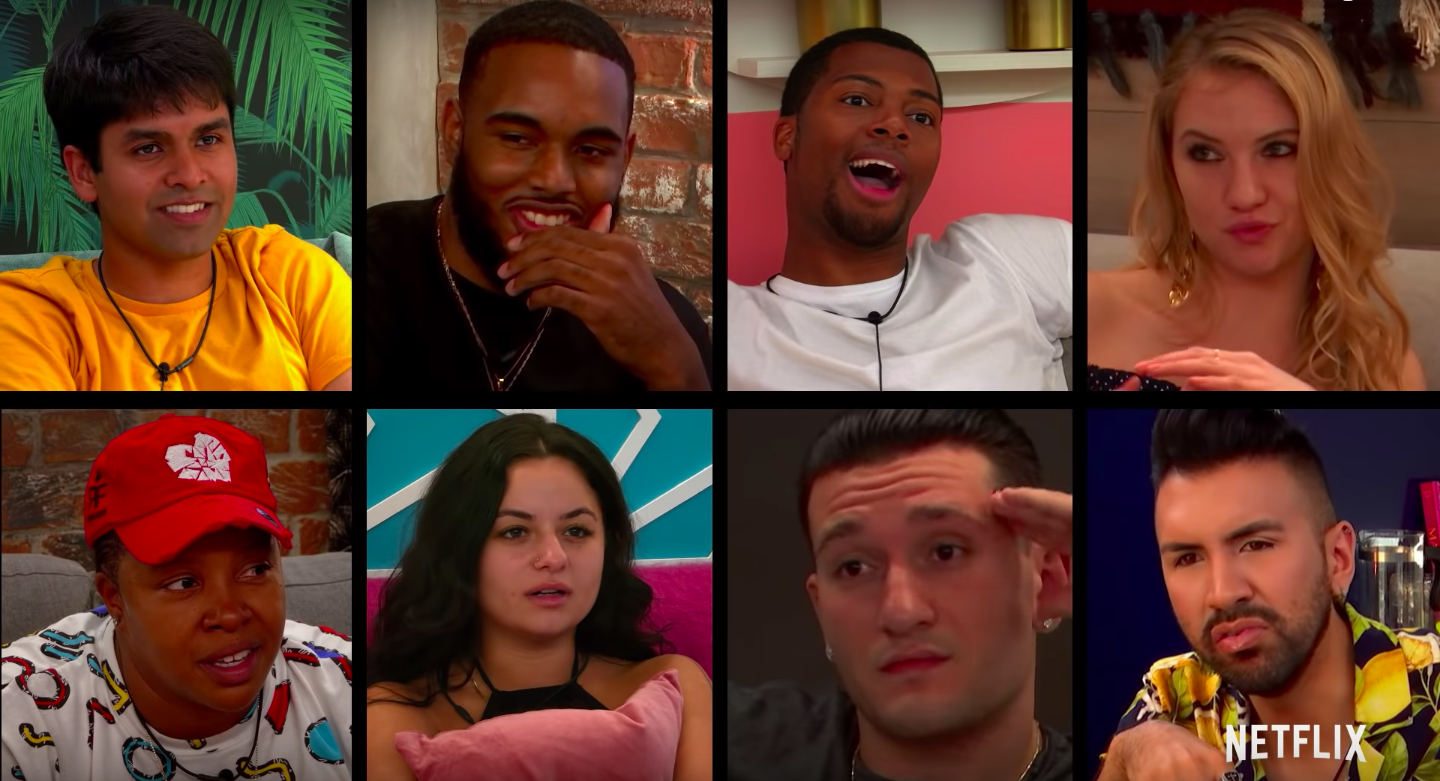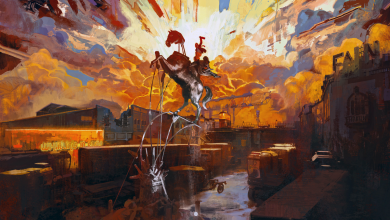‘The Circle’ Season 1 Review

Source: YouTube
I sometimes ponder about what exists within the body of research on social media. We have all probably encountered articles about the harmful effects it can have on adolescents or how it’s been used to sway elections, but does there exist an account of the specific rules and etiquette that go rather unarticulated but widely understood amongst our age group? How and what we communicate and the variation of such communication from platform to platform is a historical trend that should be reported for history and our posterity’s sake, because—whether we want to admit it or not—it is so pervasive in our daily social lives. Then, around a month ago Netflix released a new series titled “The Circle”.
“The Circle” is a reality competition show where contestants live isolated within an apartment complex for upwards of a month and only interact with one another through a made-up social platform titled “The Circle.” Each week the contestants rank one another, and the top two become the “influencers” who then have the power to “block” another contestant and send them packing. Whoever ends the show with the highest ranking is honored with a prize of $100,000.
As a self-titled connoisseur of what many would deem “trash television,” I think I have the authority to designate “The Circle” as one of the most ridiculous television spectacles I have had the pleasure of soberlessly indulging in. The participants’ sole communication is through text, which wonderfully allows for and encourages catfishes. As a mechanism to keep the audience’s engagement, we get to hear them narrate their messages, while the show’s editors make it appear that the social platform has access to the most advanced transcription technology. Social media is often criticized for the vapidity it can encourage and “The Circle” succeeds in portraying such a conclusion. With a couple of exceptions, what is discussed amongst the castmates rarely goes beneath the surface—one of the first “ice breakers” they have is to comment their favorite color. The connections they form are usually through private one-on-one chats, which again, tend to truly be about nothing. What they have to say about one another sounds like an Instagram DM from someone who you barely know after having liked their “like for a TBH” (to be honest) post circa middle school. Typical social conventions that exist on social media need not necessarily apply in “The Circle”; seeing millennials and gen-Z-ers excessively use hashtags that are unbathed in irony borders on cringe-inducing for its lack of accuracy; #IWontForgetYou and #HereForYou are prime examples of peak heartfelt communication. Unlike other isolated-living, popularity-driven shows such as “Big Brother”, there are no real competitions or stress-inducing challenges that could build tension and later create drama. Virtual interactions being the sole decider of one’s fate within the competition lead to what seems to be just a constant exchange of pleasantries—with the exception of a few catfish accusations. It does not take much time on a platform such as Twitter, where toxicity and animus thrive, to reveal that such a dynamic that exists in “The Circle” is not so widely applicable to actual social media. Although “The Circle” fails to wholly reflect what I think some historians or sociologists ought to record about social media’s interpersonal dynamics, the show, whether intentional or not, does display recognizable prejudices of our time.
One of the contestants, UCLA alumnus Shubham Goel, is the only South Asian person on the show. The first episode of the show features many mispronunciations of his name, but by the second episode, everyone utilizes the more palatable “Shubby” as a nickname. What stuck out to me is somehow everyone had consensus on how to pronounce the colonized alternative. It makes sense why so many have adoration for Shubham as he is extremely nice and encouraging throughout, but the predominately white cast’s love for him often borders on infantilization. I can’t help but assume that all the comments about how “cute” he is whenever he expresses affection are because of how his name and ethnicity exoticize him and render him foreign-adjacent in a majority white space.
In the year 2020, seeing LGBTQ+ folks represented in media should be the new normal, even though this is still largely not the case. The Circle features a handful of LGBTQ+ identifying contestants, however this by no means should grant the showrunners a pat on the back. A commonly articulated strategy among the players was to flirt their way to the top, which is not necessarily a misinformed approach. It seems as though to encourage flirting for the sake of juicy programming, the producers made a pointed decision of including three bisexual female players. Sammie, Miranda, and Mercedeze (who is a catfish) are all either self-described as flirtatious or use it as their schtick for playing the game. In the third episode, in an attempt to foster an alliance Miranda creates a group chat with Sammie and Rebecca (another catfish). Immediately she makes comments on their and Mercedeze’s attractiveness, then proceeds to inquire about their sexuality, and then says that she’s mostly into men but she “always enjoys a pretty girl.” It is unfortunate that here, female bisexuality is being expressed in a way that centers men. Although I would hypothetically love to see bisexual women represented in a silly reality show, it is upsetting that their role in “The Circle” is framed in ways that perpetuate stereotypes of hypersexuality, in that bisexual women are somehow inherently more promiscuous or flirtatious.
A reality that “The Circle” intentionally brings attention to is the harassment that women can face online due to fatphobia. All of the contestants come to the show prepared with a folder of photos and videos of themselves or the catfish they are portraying, and we get to hear from some as to why they selected certain pictures and the type of image or personality they want to convey to the others. Such a sentiment encapsulates real life social media habits and perceptions. One of the cast members, Sean, enters the show using photos of her skinnier friend, out of fear of being on the receiving end of the consequences of fatphobia. Through her own lived experience, she knows the vitriol fat women can face online and that for a competition based on surface-level interactions, being thinner and having a conventionally accepted body type could prove to be more advantageous.
I found watching “The Circle” to be fun and entertaining, largely in part due to the commentary it spurs from my friends and I. Starting the new decade off with an intersection of two developments of the 21st century that have been criticized for being disingenuous—reality television and social media—is bound to create some spectacle. As a potential primary source into what social media was like in the late 2010s, “The Circle” mostly fails to reflect the conventions of social media, but manages to—mostly unintentionally—feature microaggressions that exist within the broader social context we currently live in.




